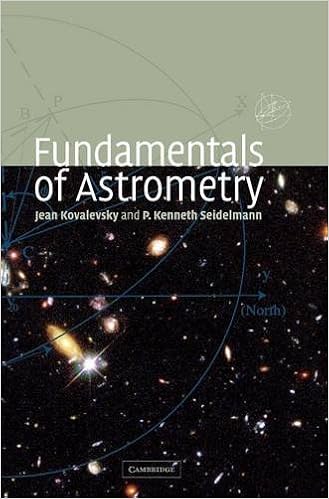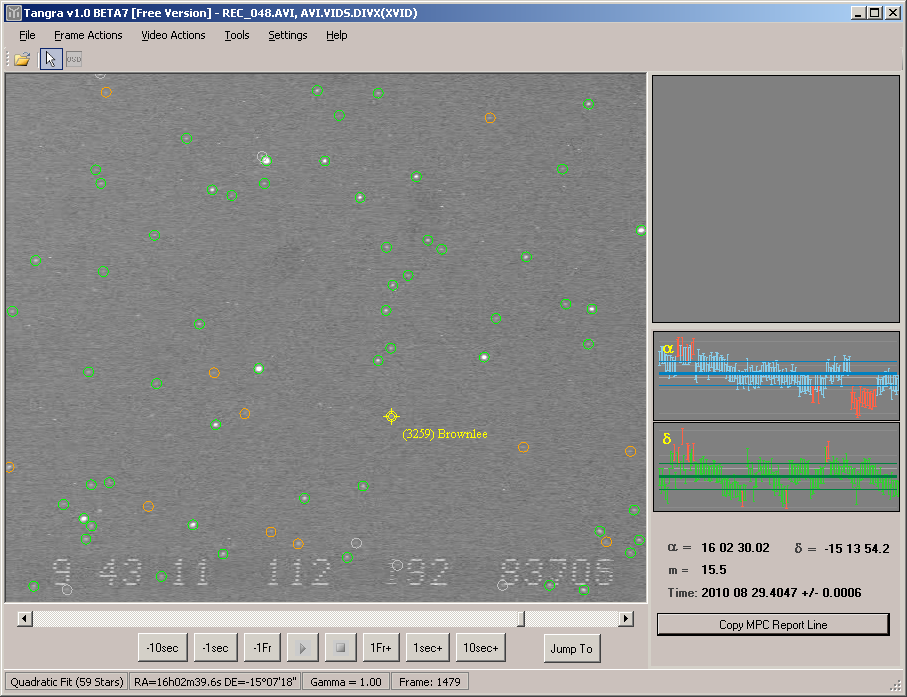

The origin of the standard system is at the tangent point in the image. The X coordinate is aligned with RA and the Y coordinate is aligned with DEC.
#Google groups astrometry software
In addition, most software packages can interact with these catalogs to determine positions of objects in CCD images. They are listed at the bottom of this page. In fact, these catalogs have been compiled just for this purpose. Fortunately, several star catalogs exist that are suitable for astrometric use. Assuming such a set of objects with known coordinates exists, you can in principle put any unknown objects on the same coordinate system as the know objects. The basic idea behind astrometry is to determine the unknown coordinates of objects by comparing their location on an image to the location of a set of objects on the same image whose coordinates are already determined.

For a more substantial treatment of the background of some of the methods described, see The Handbook of Astronomical Image Processing (HAIP). Here we outline the basic steps you will have to go through in order to obtain accurate positions for objects in your fields. Modern CCD images and analysis software are able to produce positions accurate to better than one arcsecond when suitable catalogs of comparison objects are used. Finally, a discussion of the merits and limitations of GE is presented along with conclusions and remaining challenges.Astrometry is the process of determining positions of objects in your field.

These examples form the basis for highlighting current trends in remote sensing archaeology based on the GE platform, which could provide access to a low-cost and easy-to-use tool for communicating and sharing ACH geospatial data more effectively to the general public in the era of Digital Earth. The selected case studies illustrate how GE can be used effectively to investigate ACH at multiple scales, discover new archaeological sites in remote regions, monitor historical sites, and assess damage in areas of conflict, and promote virtual tourism. In this review, in order to discuss the huge potential of GE, a comprehensive review of GE and its applications to ACH in the published scientific literature is first presented case studies in five main research fields demonstrating how GE can be deployed as a key tool for studying ACH are then described. Based on geographical tools and multi-temporal very high-resolution (VHR) satellite imagery, GE has been shown to provide spatio-temporal change information that has a bearing on the physical, environmental, and geographical character of ACH. GE can often be used to survey and document ACH so that both skilled archaeologists and the public can more easily and intuitively understand the results. Most of these concern specific ACH investigations with a wide spatial coverage. In the past decade, many peer-reviewed articles on the use of GE in the archaeological cultural heritage (ACH) research field have been published.
#Google groups astrometry free
Different from traditional geographical information systems (GIS), GE is free and easy to use in data collection, exploration, and visualization. It enables archaeologists around the world to communicate and share their multisource data and research findings. Google Earth (GE), a large Earth-observation data-based geographical information computer application, is an intuitive three-dimensional virtual globe.


 0 kommentar(er)
0 kommentar(er)
